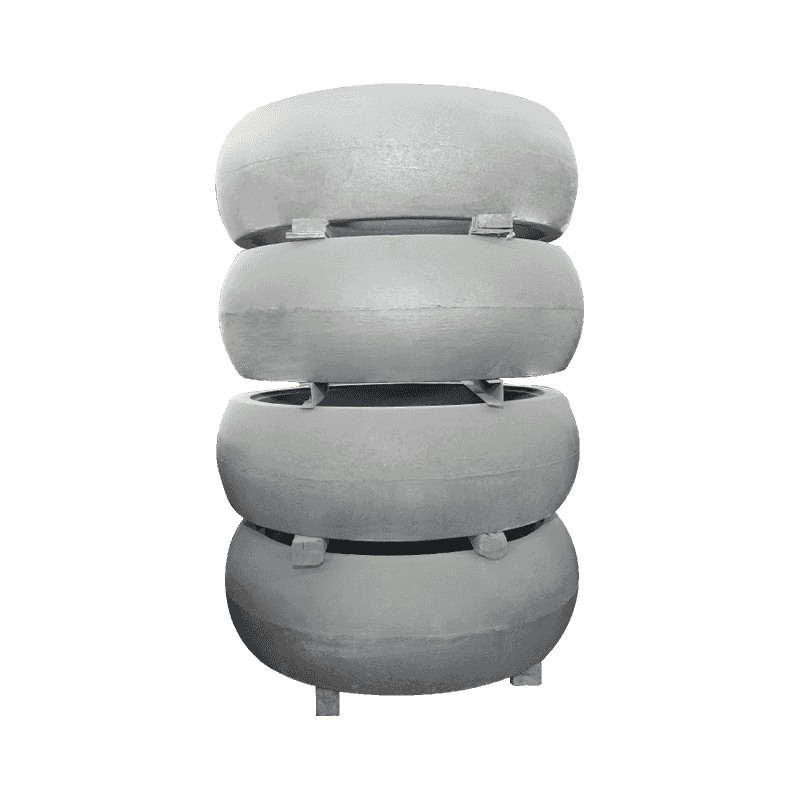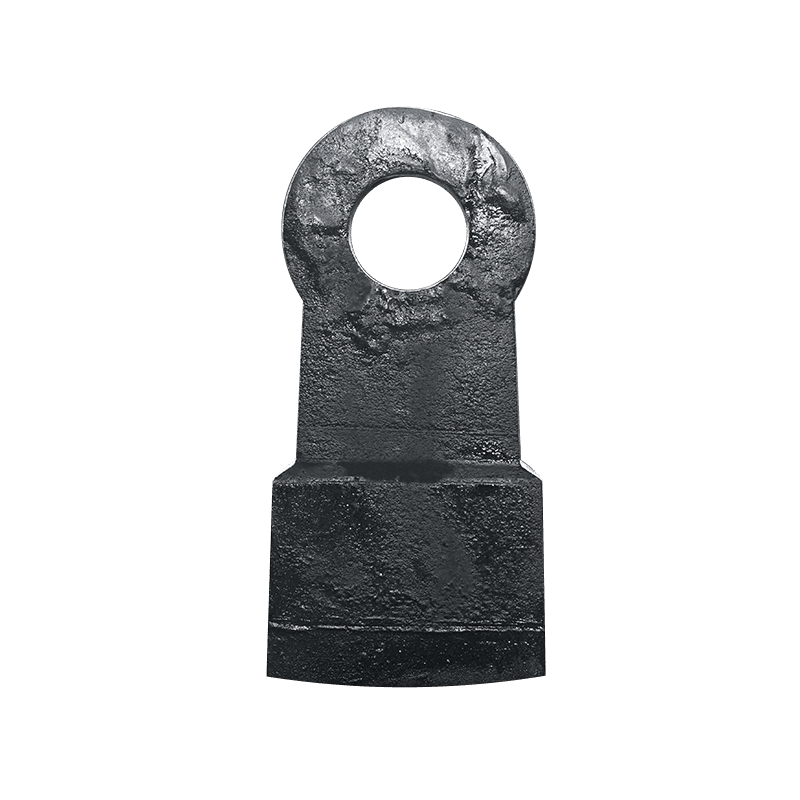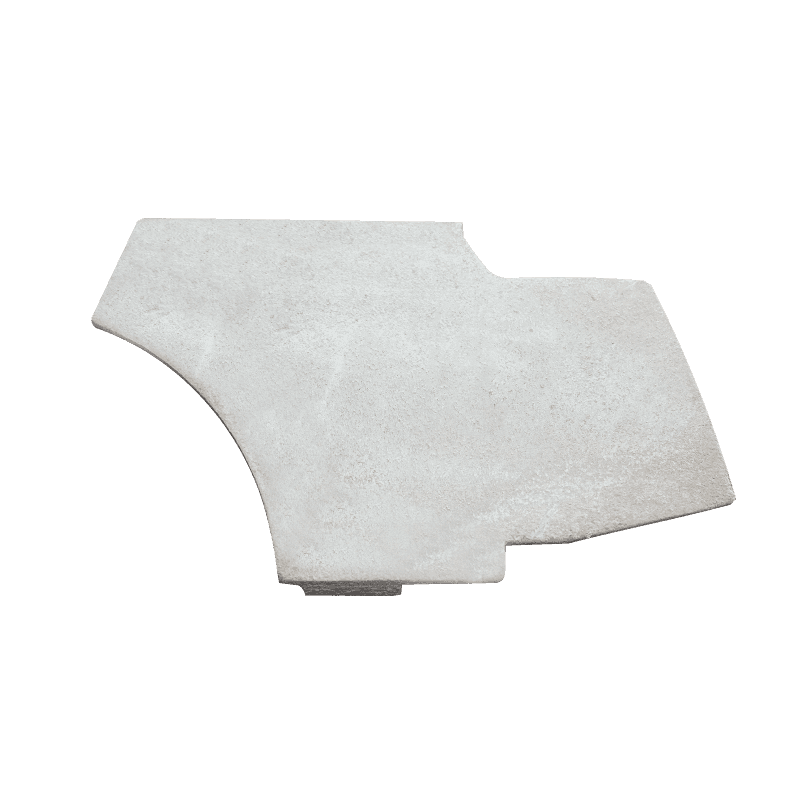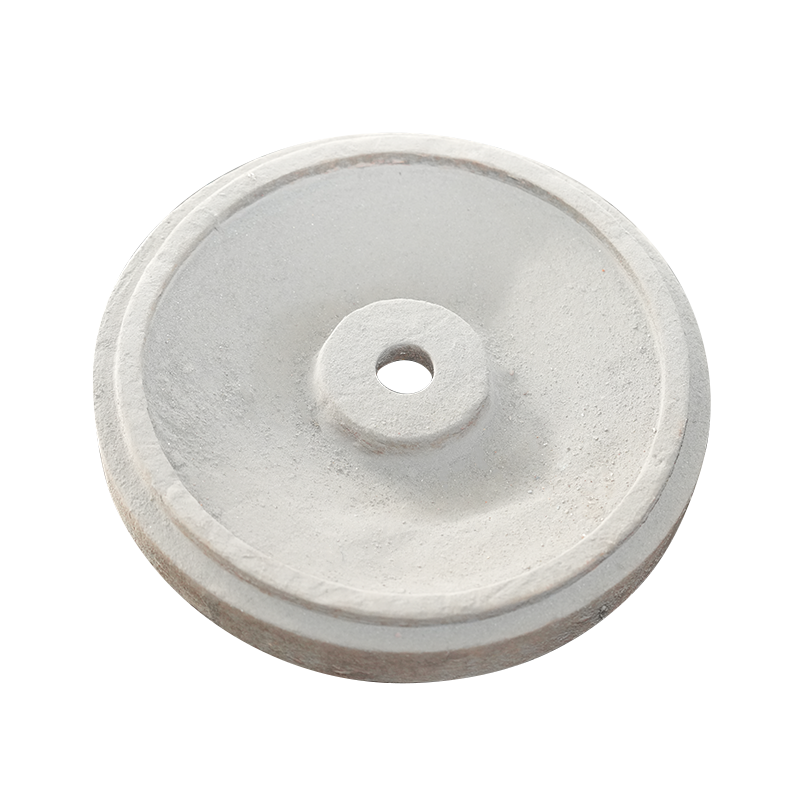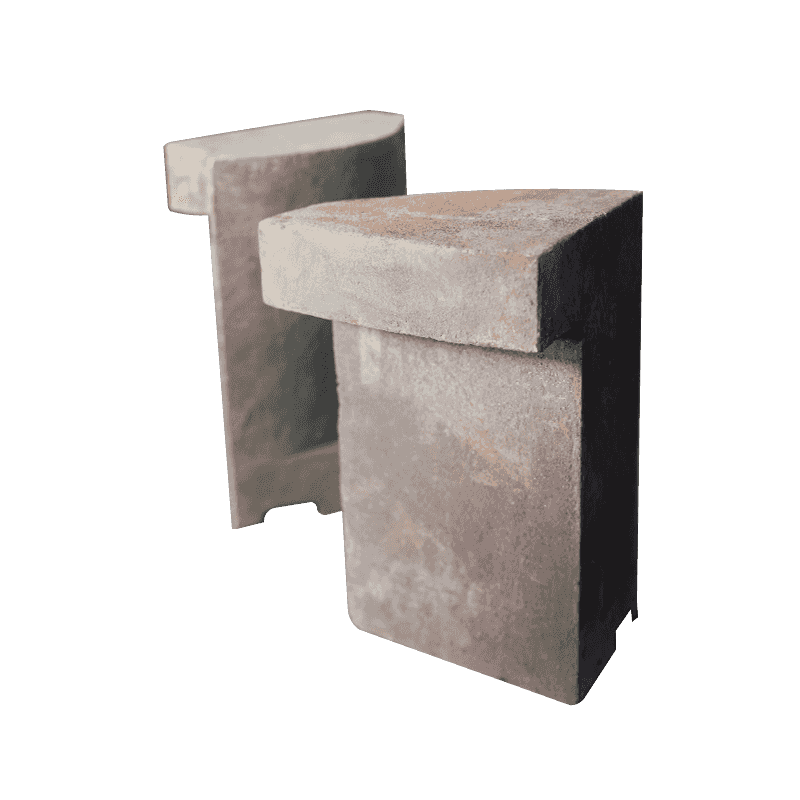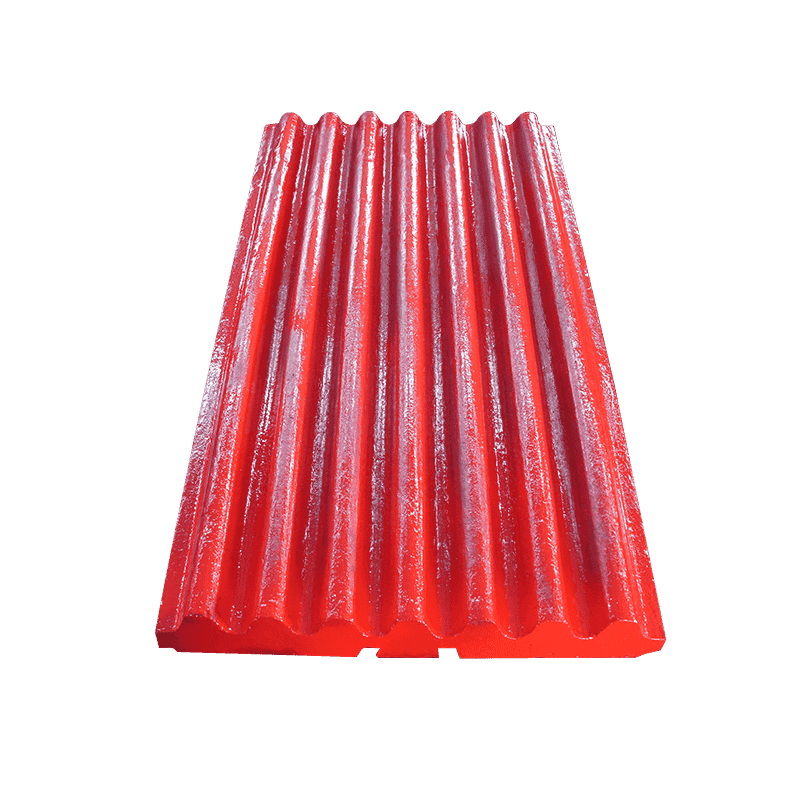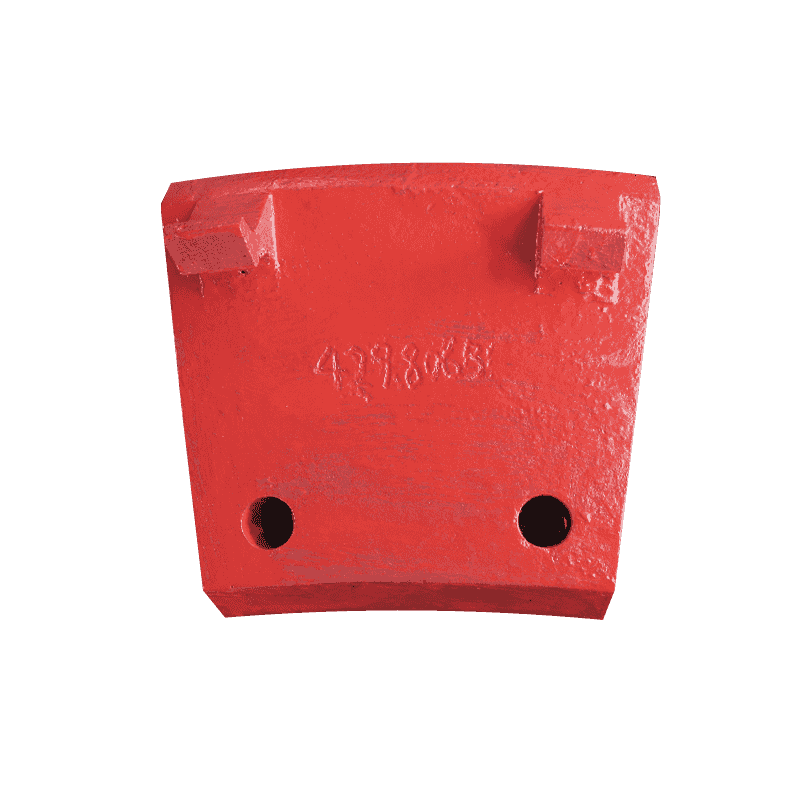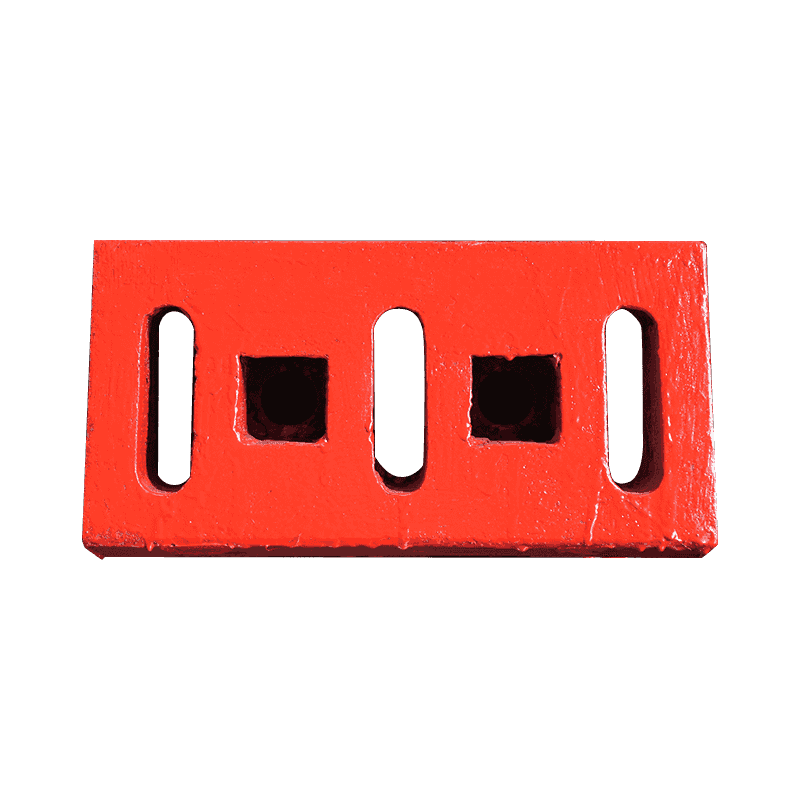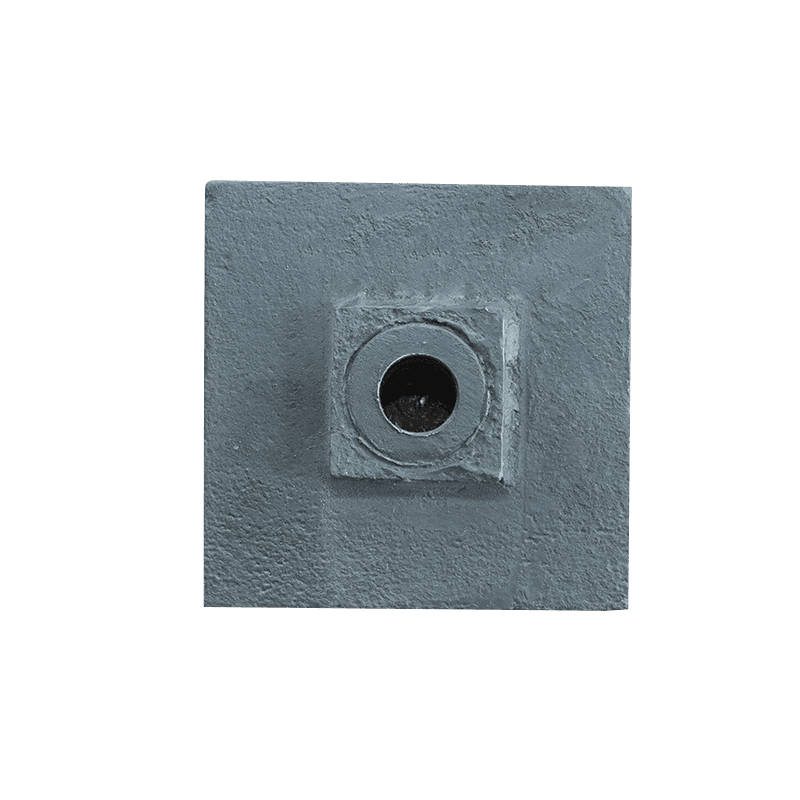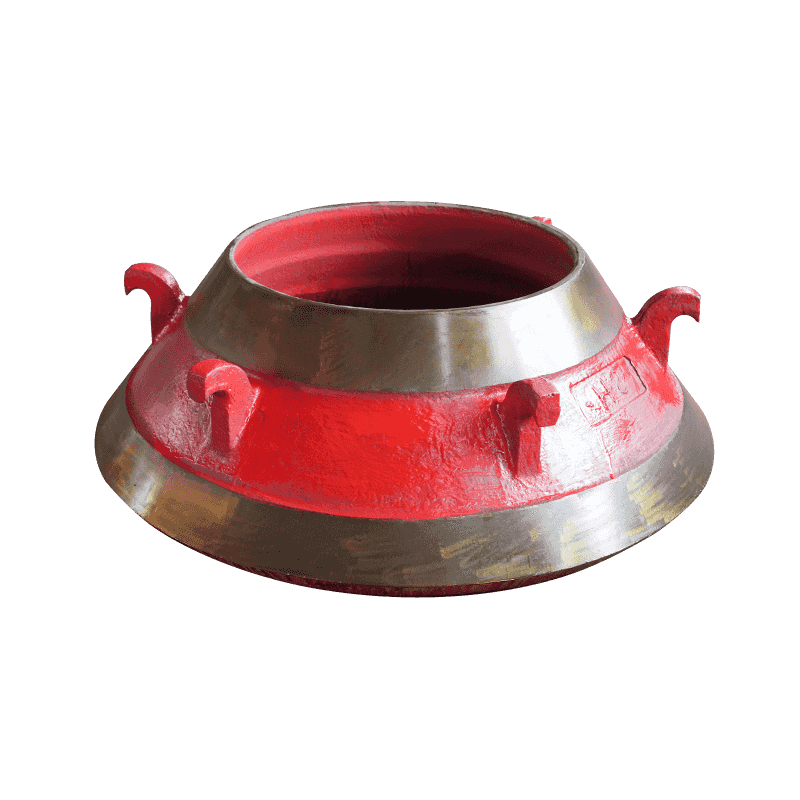Are impact crusher high chromium castings susceptible to corrosion when working in a humid, acidic or alkaline environment?
Impact crusher high chromium castings are mainly used for parts that withstand high-speed impact and material friction, such as plate hammers, impact liners and side liners. The wear and impact resistance of these parts is particularly critical when crushing high-strength and hard ores. However, in addition to mechanical properties, high chromium castings face another common but easily overlooked problem in actual use environments, that is, corrosion. Especially in humid working environments with the presence of acid and alkali substances, corrosion may have a profound impact on equipment life and operational stability.
One of the main characteristics of high chromium castings is its chromium-rich alloy composition. Chromium has advantages in improving metal wear resistance, but at the same time it also plays a certain positive role in corrosion resistance. Chromium forms a dense oxide film on the surface of the material, which helps to block the erosion of moisture and acid and alkali substances. However, the stability of this protective layer depends on the continuity and balance of environmental conditions. In an environment with high humidity or mist, if the concentration of acid and alkali components is high, or there are corrosive media such as salt and slurry, the protective film on the metal surface may be destroyed, causing local corrosion or even pitting.
In the crushing operation, some impact crushers need to process ore or construction waste with water, which often contains a certain amount of chlorides, sulfides and other corrosive factors. These components react chemically with the surface of high-chromium castings during the crushing process, which can easily weaken the dense structure of the surface. At the same time, the metal surface is more likely to become a source of corrosion in areas with uneven force or microcracks, gradually expanding to form deep corrosion damage. This will not only reduce the service life of the casting, but may also cause safety hazards such as structural instability or fracture during operation.
In acidic or alkaline environments, the performance of high-chromium castings will also be challenged. Although chromium itself has a certain corrosion resistance, the stability of the chromium oxide film will decrease when the pH value of the environment deviates from neutrality or there is a strong redox medium. In an acidic environment, corrosion often manifests itself as uniform corrosion or corrosion pit formation, while in an alkaline environment, intergranular corrosion is prone to occur. Especially in high-temperature and high-humidity mining or chemical crushing scenarios, the acceleration of this corrosion effect will be more obvious.
In order to alleviate the corrosion problem, manufacturers usually combine specific heat treatment processes when producing high-chromium castings to make the internal structure of the castings denser and reduce porosity, thereby improving their overall corrosion resistance. In addition, their resistance to chemical corrosion can be enhanced by adding suitable alloying elements such as nickel and molybdenum. Some castings will also undergo surface spraying before leaving the factory, such as spraying an anti-corrosion layer or using an electroplating process to further block the intrusion of external corrosive media.
In actual use, it is also particularly important to strengthen the daily maintenance and monitoring of equipment. For example, long-term shutdown and water accumulation should be avoided as much as possible to keep the equipment dry; if the crushing object contains a large amount of acid and alkali substances, the surface condition of the high-chromium casting should be cleaned and checked regularly, and sprayed or replaced if necessary. For some special working conditions, it is also possible to consider using alloy materials with higher corrosion resistance levels, or using equipment designs with good sealing structures to reduce corrosion risks at the source.

 English
English  русский
русский  عربى
عربى 